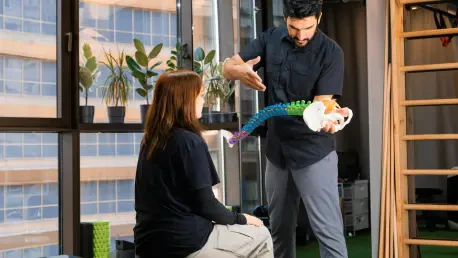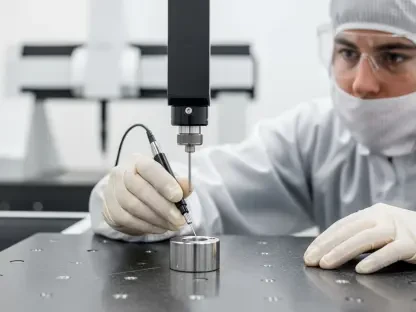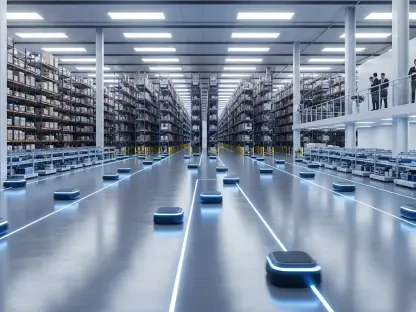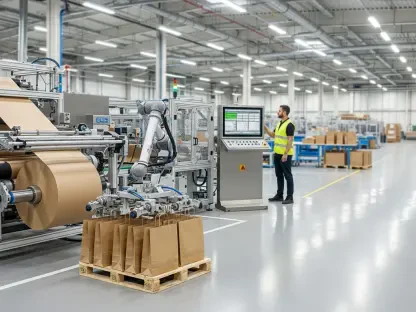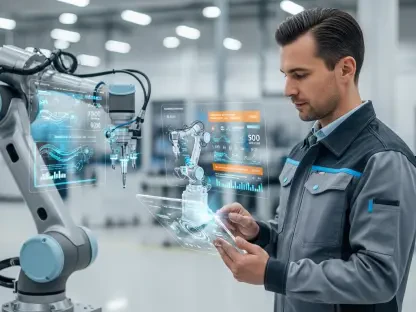I’m thrilled to sit down with Kwame Zaire, a renowned manufacturing expert with a deep passion for electronics and equipment. With his extensive background in production management and thought leadership in predictive maintenance, quality, and safety, Kwame brings a unique perspective to the evolving world of healthcare technology. Today, we’re diving into the groundbreaking work of restor3d, a company revolutionizing patient-specific musculoskeletal implants, following their recent $104 million investment and strategic partnership with Partners Group. Our conversation explores the innovation behind personalized orthopedic solutions, the impact of this significant funding, and the future of accessible, tailored healthcare.
Can you start by explaining what sets restor3d apart in the field of musculoskeletal implants and why their approach is so innovative?
Absolutely. restor3d is doing something truly transformative by focusing on patient-specific musculoskeletal implants. Unlike traditional off-the-shelf implants that come in standard sizes and shapes, restor3d customizes their solutions to match the unique anatomy of each patient. This personalized approach, often enabled by advanced technologies like 3D printing and digital imaging, ensures a better fit and function during surgeries. It’s a game-changer because it addresses the limitations of generic implants, which can sometimes lead to suboptimal outcomes due to mismatches in size or alignment.
How do these patient-specific implants impact patient outcomes compared to standard options?
The impact is significant. When an implant is tailored to a patient’s exact anatomy, it reduces the risk of complications like misalignment or discomfort post-surgery. Patients often experience faster recovery times and improved mobility because the implant integrates more naturally with their body. Surgeons also report greater precision during procedures, which can lead to longer-lasting results. Ultimately, it’s about improving quality of life—patients aren’t just getting a replacement part; they’re getting something designed specifically for them.
This $104 million investment is a major milestone. Can you walk us through how this funding came together and what it means for restor3d?
It’s a huge step forward for sure. This funding round includes $65 million from Partners Group, a major player with a focus on private equity, alongside $39 million from existing shareholders. It’s restor3d’s first institutional investment, which signals strong confidence in their vision and technology. The partnership with Partners Group likely came about due to their shared interest in healthcare innovation and operational expertise. Meanwhile, the continued support from existing investors shows a deep belief in the company’s trajectory. Together, this capital injection is a vote of confidence that restor3d is on the right path to scaling their impact.
What are the primary goals for utilizing this substantial investment?
The main focus of the $104 million is threefold: product innovation, commercial expansion, and enhancing access to personalized orthopedic care. A significant portion will likely go into research and development to refine their technologies and expand their implant offerings. They’re also looking to grow their market presence, potentially reaching more hospitals and surgical centers. Most importantly, there’s a push to make these tailored solutions more accessible to a broader patient base, which could involve streamlining production or reducing costs without compromising quality.
With Partners Group joining the board of directors, how do you see their involvement shaping restor3d’s future strategy?
Having Partners Group on the board is a strategic move beyond just funding. They bring deep expertise in healthcare and operational scaling, which can help restor3d navigate the complexities of growth. Their experience in private equity and health sectors means they can offer insights on market trends, operational efficiency, and long-term planning. I think their involvement will be crucial in helping restor3d refine their business model, especially as they aim to expand globally and tackle larger systemic challenges in orthopedic care.
restor3d is addressing a critical issue with off-the-shelf implants not fitting all patients. Can you elaborate on how their technology solves this problem?
Certainly. The core of restor3d’s solution lies in their ability to create rapid, precise implants tailored to individual anatomies. They leverage cutting-edge tools like 3D modeling and additive manufacturing to design and produce implants based on a patient’s specific scans. This process allows for a level of customization that off-the-shelf products simply can’t match. The result is an implant that fits like a glove, enhancing surgical outcomes and reducing the need for adjustments during procedures. It’s a perfect blend of technology and patient-centric care.
Looking at broader trends, how do you think factors like aging populations and increased sports activity will influence the demand for restor3d’s solutions?
Those trends are incredibly relevant. As populations age, particularly in the US, the need for joint replacements and orthopedic interventions is skyrocketing. Older adults want to maintain active lifestyles, and that often means addressing wear-and-tear issues with implants. Similarly, the rise in sports and recreational activities among all age groups is leading to more injuries that require surgical solutions. restor3d’s personalized implants are well-positioned to meet this growing demand because they offer better outcomes for diverse patient needs, whether it’s an active senior or a young athlete.
What is your forecast for the future of personalized orthopedic care over the next decade?
I’m very optimistic about the future of personalized orthopedic care. Over the next ten years, I expect to see even greater adoption of technologies like 3D printing and AI-driven design in the field. Companies like restor3d will likely lead the charge in making customized implants the standard rather than the exception. Costs should come down as manufacturing processes become more efficient, and access will expand to more regions and demographics. Additionally, I anticipate stronger collaborations between tech innovators and healthcare providers to integrate these solutions seamlessly into surgical workflows. It’s an exciting time, and I believe we’re just at the beginning of a major shift toward truly individualized medical care.
